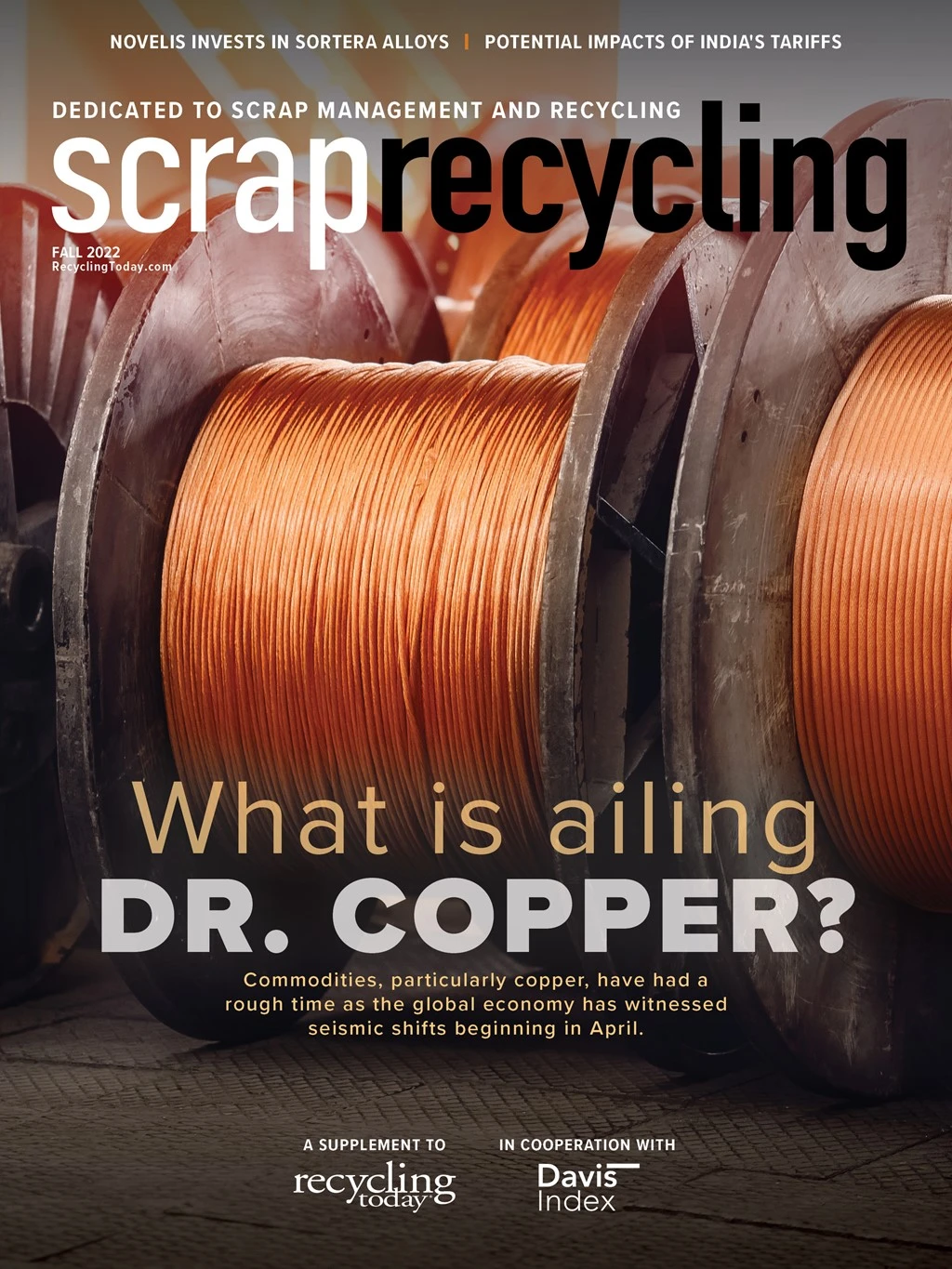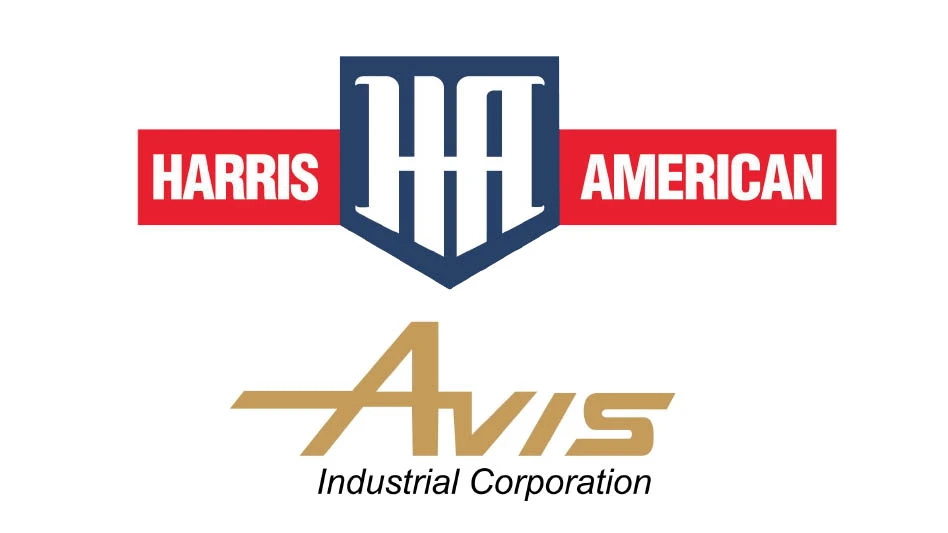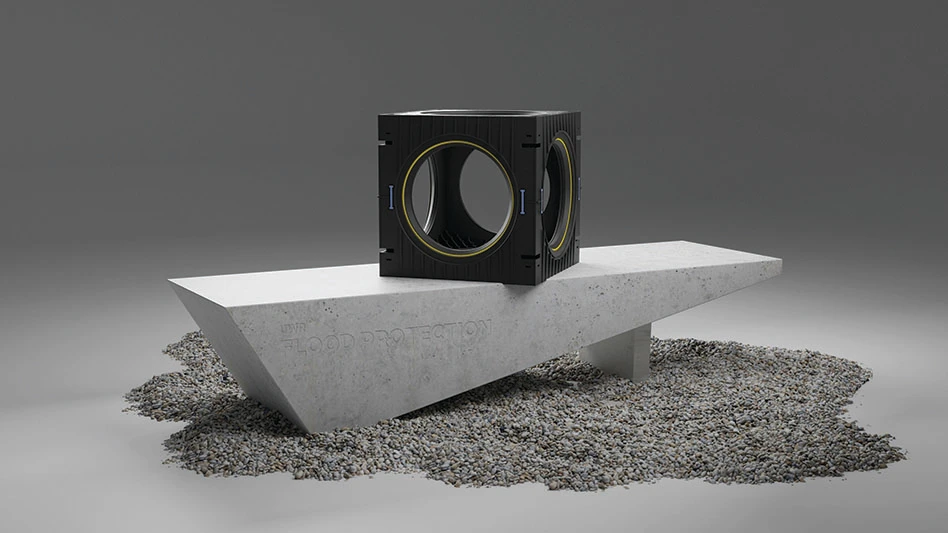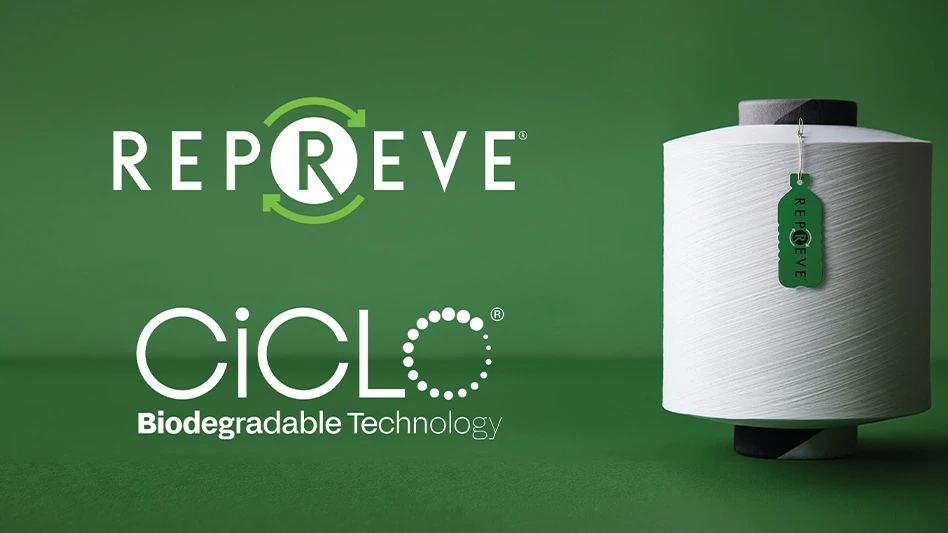According to analyses from several organizations, we’re heading for a deficit of a number of metals that are critical to the green-energy transition. While recycling can relieve some pressure, it will not be able to meet demand, particularly for battery raw materials, according to analysis from Wood Mackenzie.
Demand for critical battery raw materials stands at 97,000 metric tons for lithium, 186,000 metric tons for cobalt and 3 million metric tons of nickel, the firm says. By 2030, those figures are expected to be 318,000 metric tons, 264,000 metric tons and 4.27 million metric tons, respectively, while recycled materials supplies are expected to reach 130,000 metric tons for lithium, 112,000 metric tons for cobalt and 377,000 metric tons for nickel by 2030, WoodMac says.
A number of challenges face battery recyclers beyond collection of end-of-life vehicle batteries. WoodMac notes that the cathode is “overpackaged with pack materials, such as casings, interconnects, cooling channels and others,” creating a “tedious recycling process with little value.” It also references the challenges presented by the attempted use of lower value materials and the move toward using larger electric vehicle (EV) packs.
Additionally, given EV battery packs’ long lifetimes and the growth of reuse applications, these materials will not be available for recovery for a long time, the firm notes.
“When the need for new solutions arises, the industry’s operators and suppliers often rise to the occasion.”
Therefore, WoodMac says recycling production scrap will be the main source of recycled material this decade.
A company that has embraced that model is Toronto-based Li-Cycle. In May 2021, Ultium Cells announced an agreement with Li-Cycle to recycle the scrap generated from battery cell manufacturing at its site in Warren, Ohio.
In this issue, we feature an interview with Ecobat Chief Commercial Officer Thea Soule. The company traditionally focused on lead-acid battery recycling but has added three lithium-focused facilities with services that include battery collection, discharge and diagnostics, dismantling, crushing/sorting and recycling management, with end-of-life batteries in mind.
Also, the Inflation Reduction Act, which President Joe Biden signed into law in August, makes growing U.S. production of EV batteries a priority. Within six years, EVs will receive a tax credit only if their batteries are made domestically.
Given that the U.S. is not a dominant producer of any of the metals used in these batteries, advances in lithium-ion battery recycling are imperative.
My years of covering the scrap industry have taught me that when the need for new solutions arises, the industry’s operators and suppliers often rise to the occasion. I’m looking forward to seeing how lithium-ion battery recycling continues to develop as we attempt to keep more of these valuable raw materials in circulation in North America.

Explore the Fall 2022 Scrap Recycling Issue
Check out more from this issue and find your next story to read.
Latest from Recycling Today
- Reconomy Close the Gap campaign highlights need for circularity
- Nickel carbonate added to Aqua Metals’ portfolio
- EuRIC, FEAD say End-Of-Life Vehicle Regulation presents opportunity for recyclers
- Recyclers likely to feel effects of US-China trade war
- BCMRC 2025 session preview: Navigating battery recycling legislation and regulations
- Yanmar Compact Equipment North America appoints new president
- LYB publishes 2024 sustainability report
- Plum Creek Environmental acquires Custom Installation LLC





